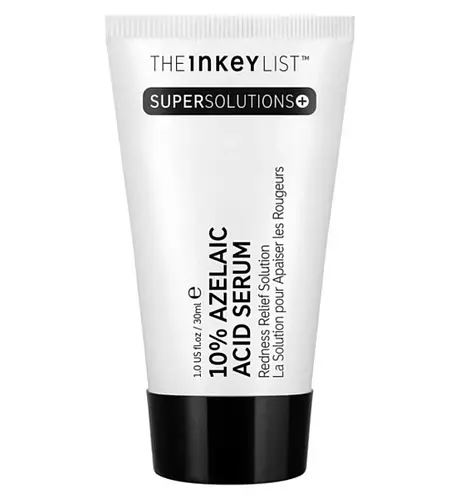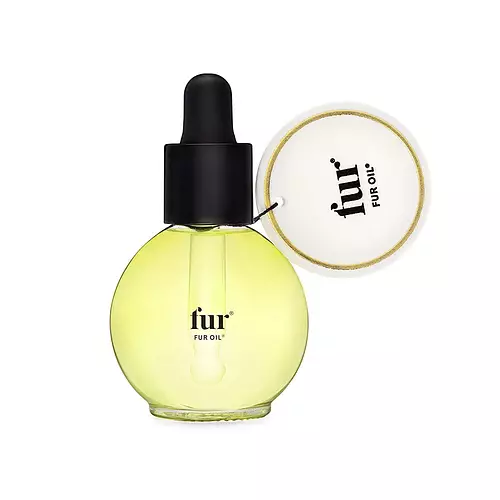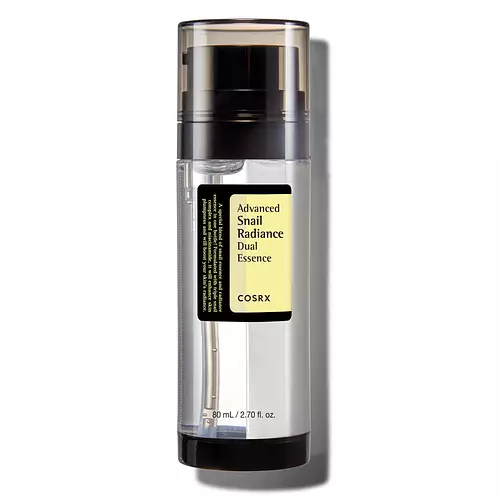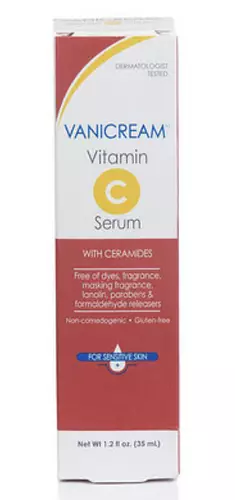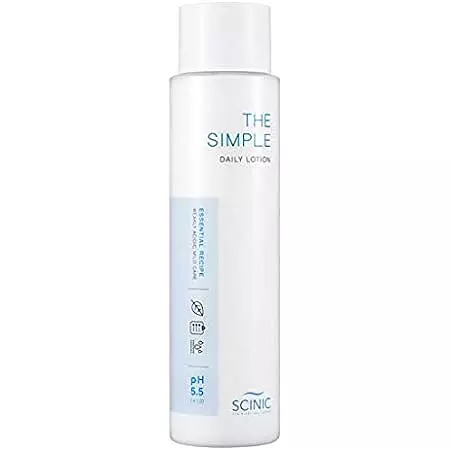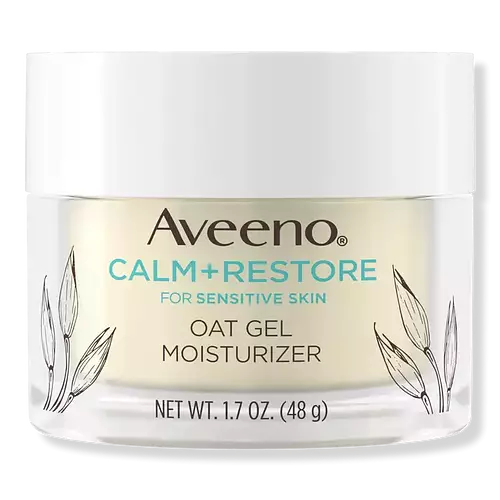Updated on May 27, 2024
Overview
What they are
These products are both reef safe . They have a total of 3 ingredients in common
Suited For
They're both likely to be good for fighting acne, reducing pores, scar healing and dark spots
Free From
They both do not contain any harsh alcohols, common allergens, fragrances, oils, parabens, silicones or sulfates
We independently verify ingredients, and our claims are backed by peer-reviewed research. Spot a product that needs an update? Let us know.
Ingredient Info
The INKEY List Azelaic Acid 10% for Redness Relief 17 ingredients
Sandoz Azelaic Acid Gel 15% 10 ingredients
At a glance
Click on any of the items below to learn more
The INKEY List Azelaic Acid 10% for Redness Relief 17 ingredients
Sandoz Azelaic Acid Gel 15% 10 ingredients
Benefits
This product contains 1 ingredient that may have this attribute:
This product contains 2 ingredients that may have this attribute:
This product contains 1 ingredient that may have this attribute:
This product contains 1 ingredient that may have this attribute:
This product contains 1 ingredient that may have this attribute:
This product contains 2 ingredients that may have this attribute:
This product contains 1 ingredient that may have this attribute:
This product contains 1 ingredient that may have this attribute:
Benefits
This product contains 1 ingredient that may have this attribute:
This product contains 1 ingredient that may have this attribute:
This product contains 1 ingredient that may have this attribute:
This product contains 1 ingredient that may have this attribute:
This product contains 1 ingredient that may have this attribute:
Concerns
This product contains 1 ingredient that may have this attribute:
This product contains 2 ingredients that may have this attribute:
Ingredients Side-by-side
Ingredients Explained
These ingredients are found in both products.
Ingredients higher up in an ingredient list are typically present in a larger amount.
Water. It's the most common cosmetic ingredient of all. You'll usually see it at the top of ingredient lists, meaning that it makes up the largest part of the product.
So why is it so popular? Water most often acts as a solvent - this means that it helps dissolve other ingredients into the formulation.
You'll also recognize water as that liquid we all need to stay alive. If you see this, drink a glass of water. Stay hydrated!
Learn more about WaterAzelaic acid is a naturally occurring acid derived from grains. This ingredient is effective in treating acne, rosacea, and other skin conditions.
It has been shown to reduce the growth of acne-causing bacteria and helps reduce inflammation. On top of that, it helps reduce the production of sebum and unclog pores.
Azelaic Acid also has antioxidant properties. Antioxidants protect our skin cells from free-radical damage.
One of the main benefits of azelaic acid is that it is gentle and well-tolerated by most people. It is also non-comedogenic, meaning that it will not clog pores.
Fun fact: The lab-created form of azelaic acid is typically used within cosmetic products for its shelf-stability.
Learn more about Azelaic AcidSodium Hydroxide is also known as lye or caustic soda. It is used to adjust the pH of products; many ingredients require a specific pH to be effective.
In small amounts, sodium hydroxide is considered safe to use. However, large amounts may cause chemical burns due to its high alkaline.
Your skin has a natural pH and acid mantle. This acid mantle helps prevent harmful bacteria from breaking through. The acid mantle also helps keep your skin hydrated.
"Alkaline" refers to a high pH level. A low pH level would be considered acidic.
Learn more about Sodium HydroxideIngredient Ratings
Here's what our community thinks of the ingredients in these two products.
When to use
The INKEY List Azelaic Acid 10% for Redness Relief 17 ingredients
Sandoz Azelaic Acid Gel 15% 10 ingredients

Reviews
Here's what our community thinks
The INKEY List Azelaic Acid 10% for Redness Relief 17 ingredients
Sara
It literally pills with every product I've tried, it's impossible to use. It has a very gummy texture that never gets absorbed into the skin, it...
It literally pills with every product I've tried, it's impossible to use. It has a very gummy texture that never gets absorbed into the skin, it only stays on top like a silicon-y film that will ruin any other product you combine it with, and also avoiding the formula to penetrate and actually do some work into your skin. So despite it's relatively high concentration of Azelaic Acid, it takes way more time to show results than similar products (if you're still using it by then).
If you're interested on an alternative: "AZID" from "Theramid" is a great serum, with a 15% of Azelaic Acid that in my experience, can work wonders.
